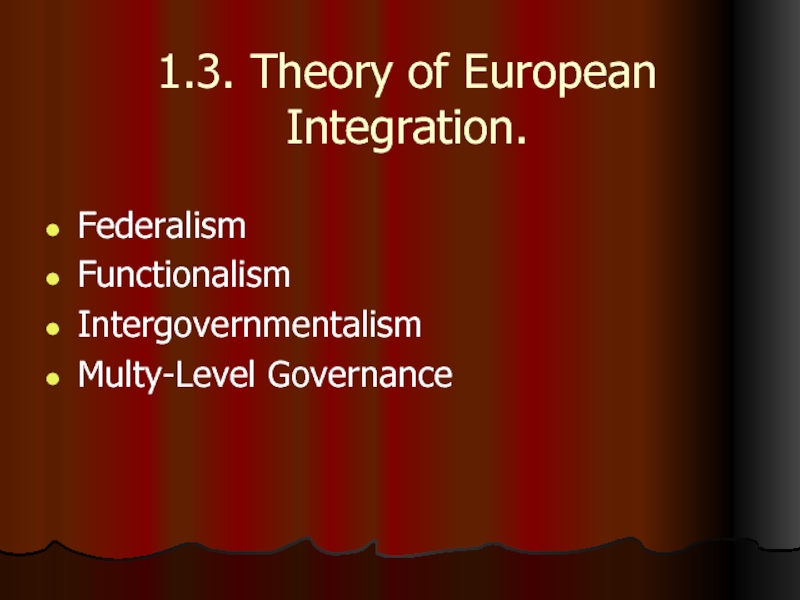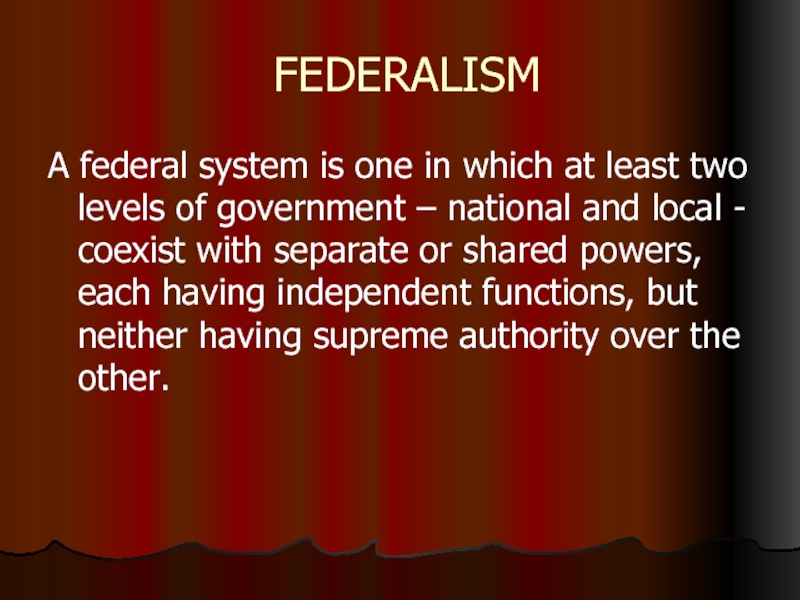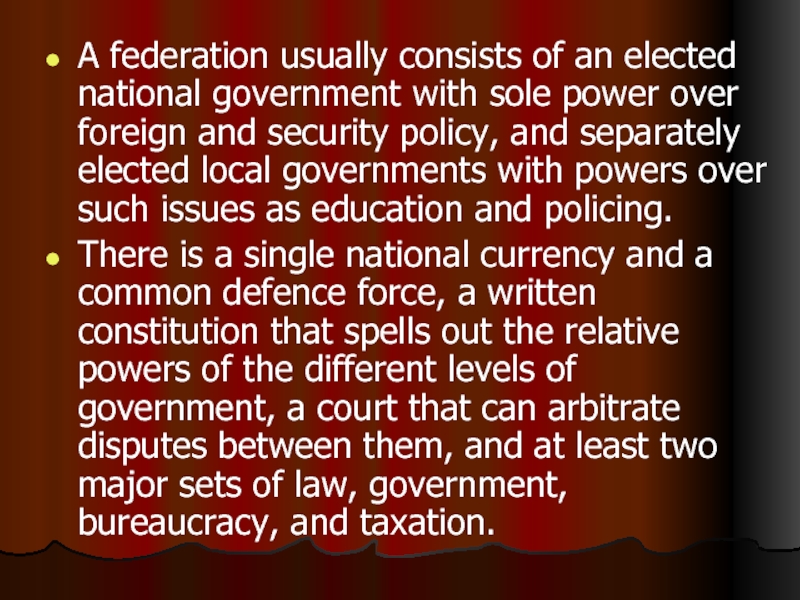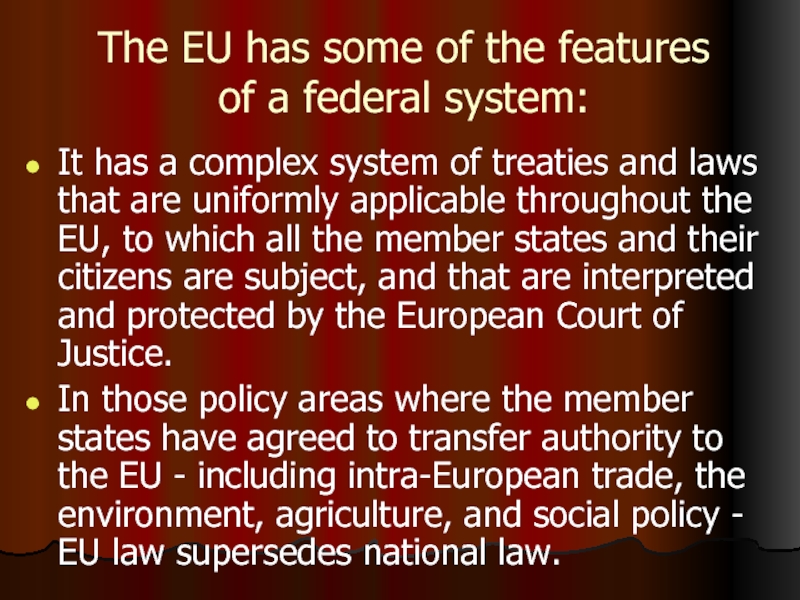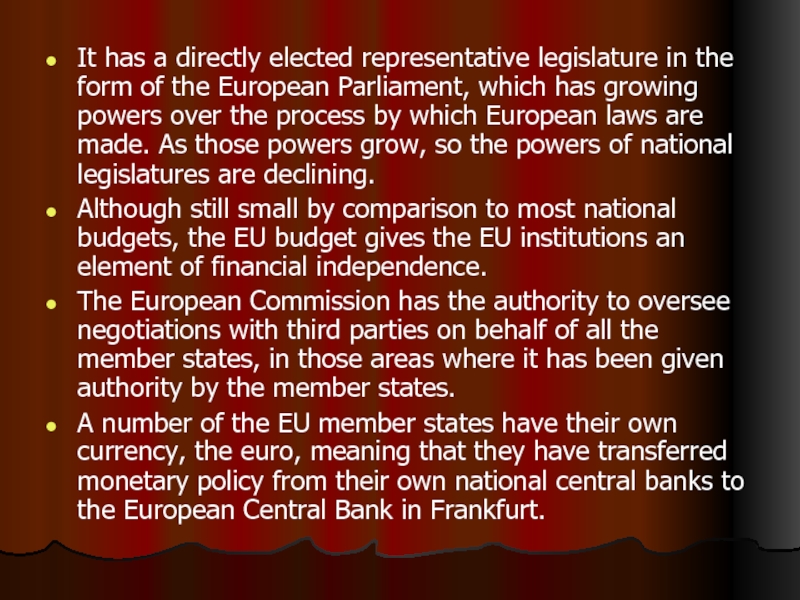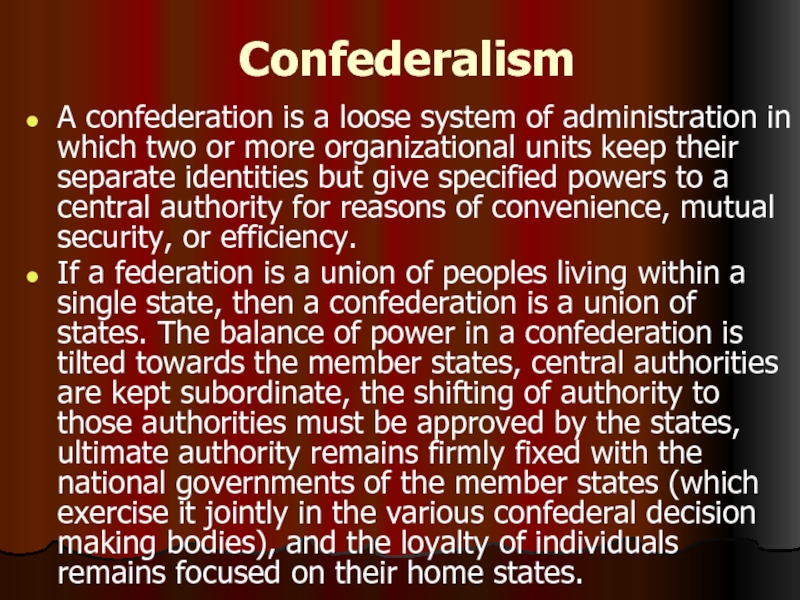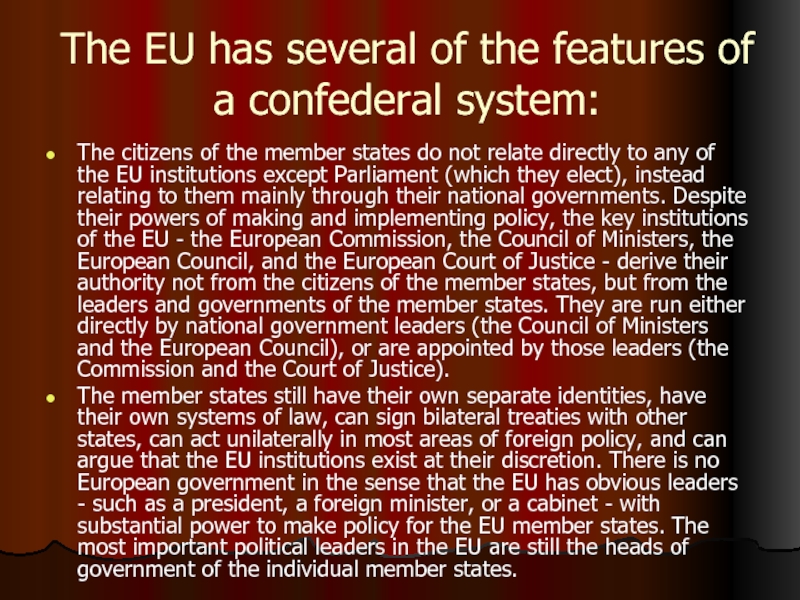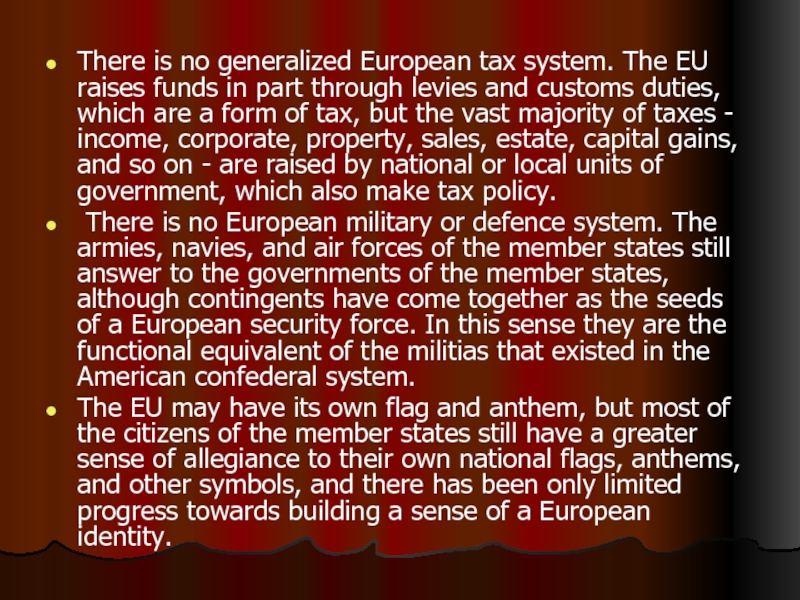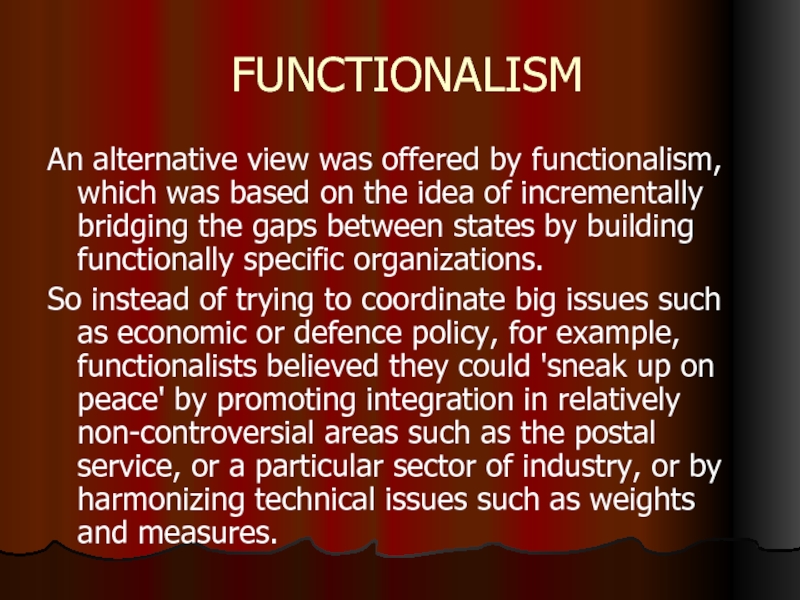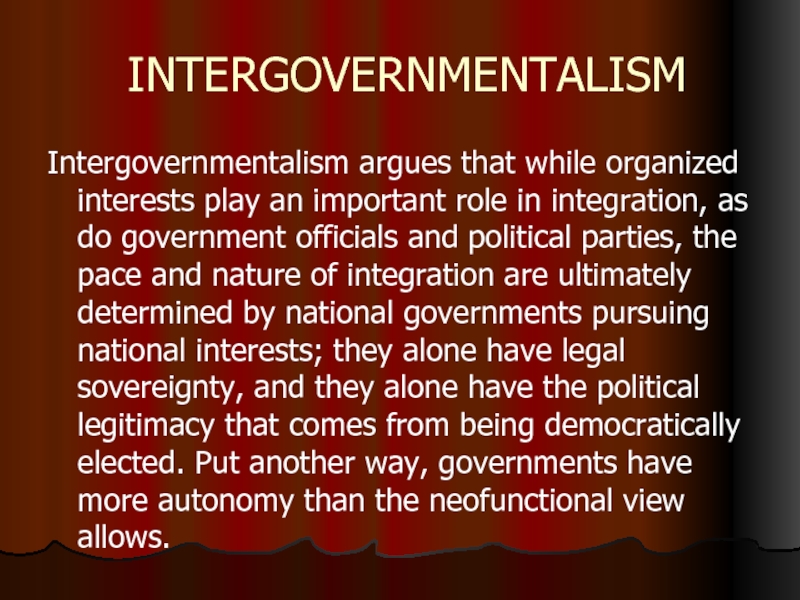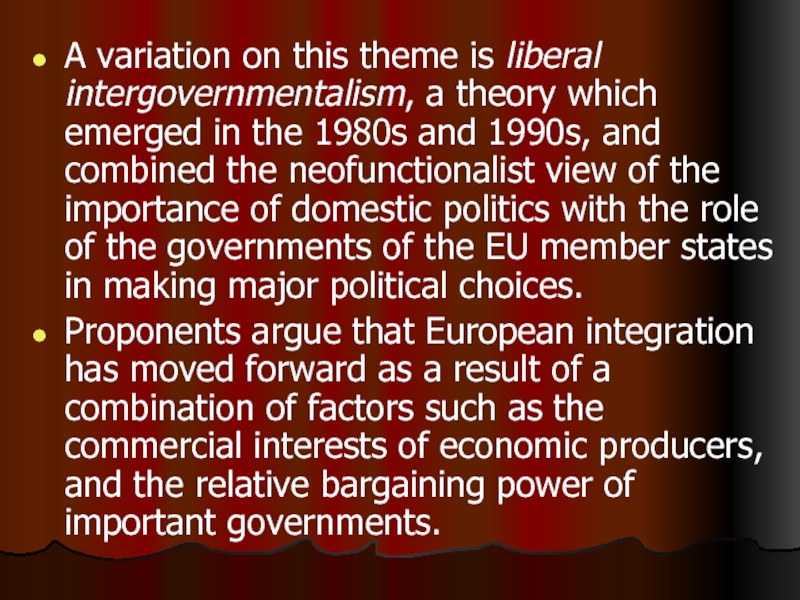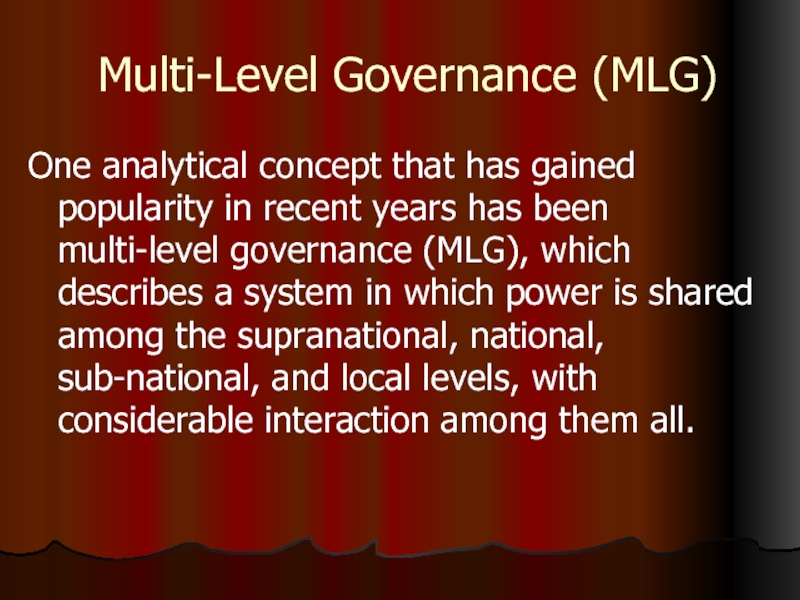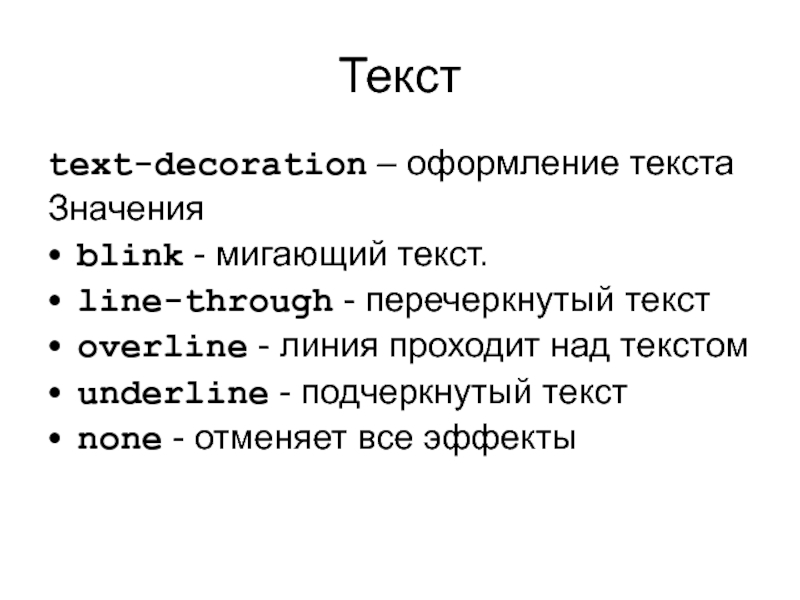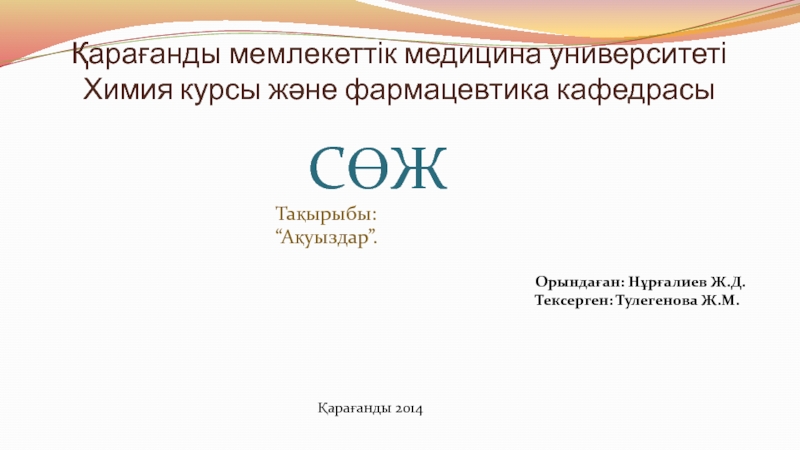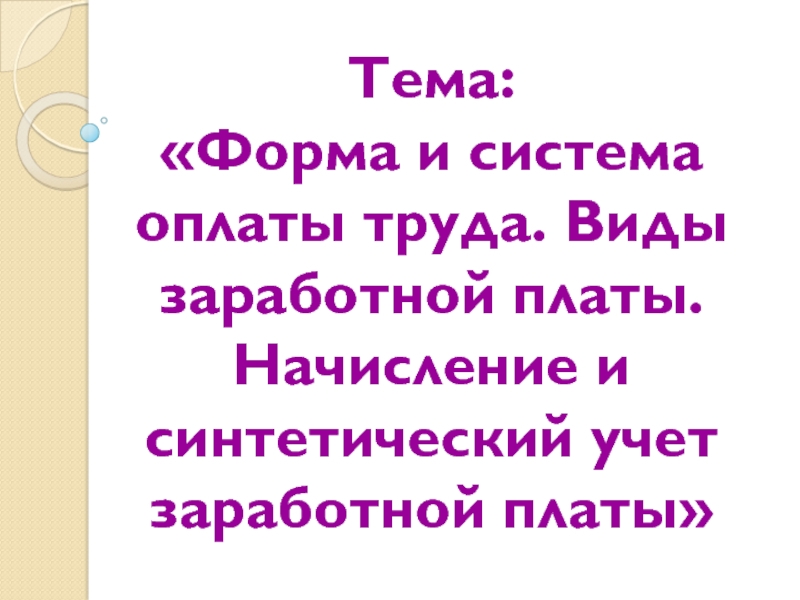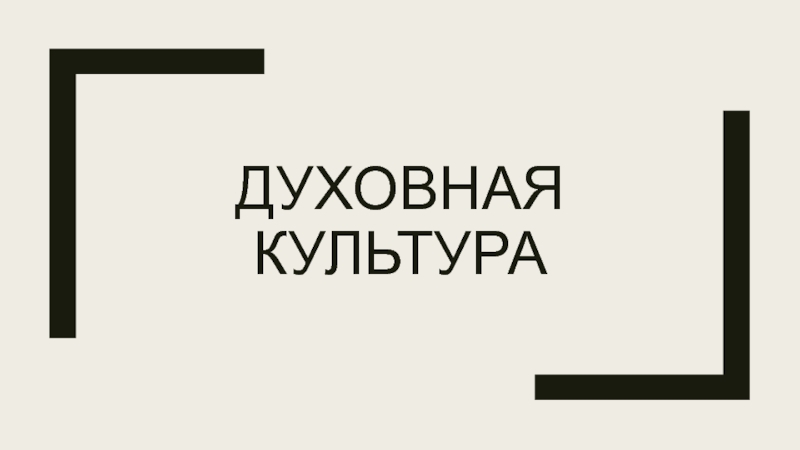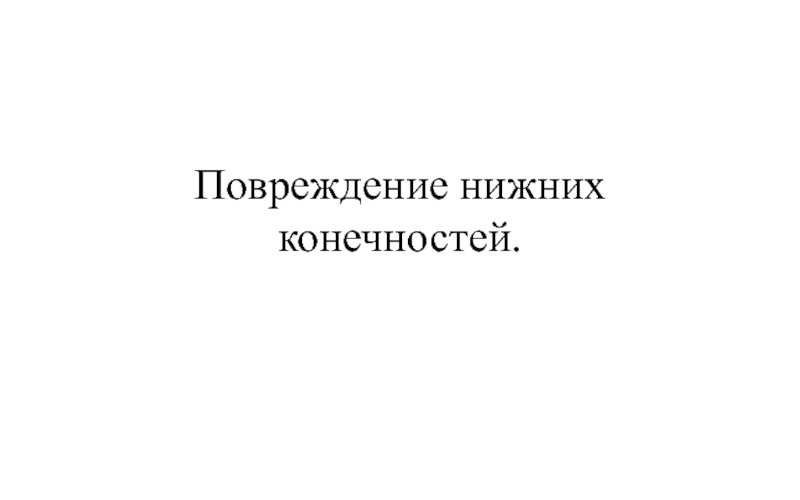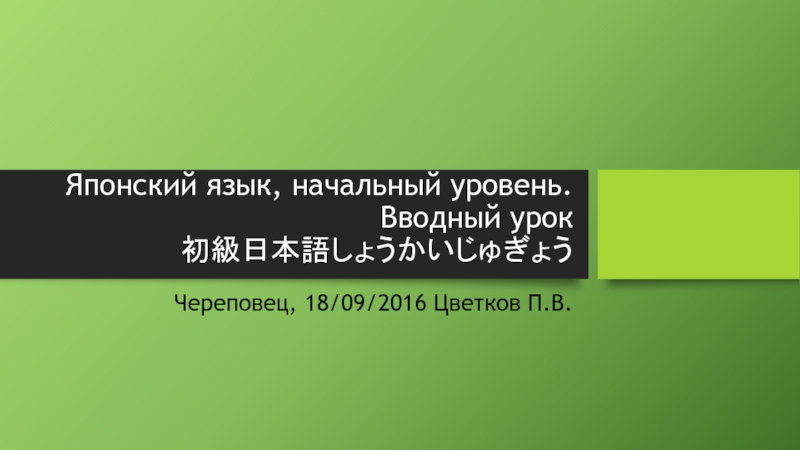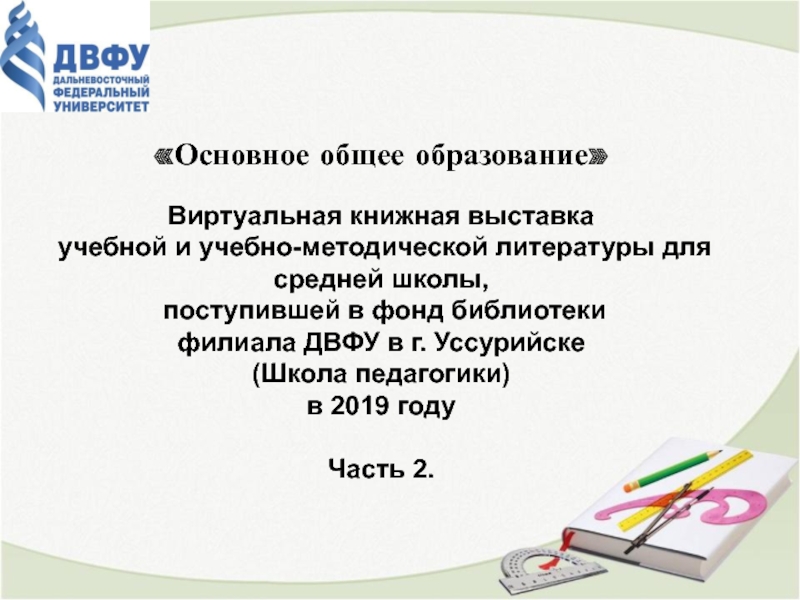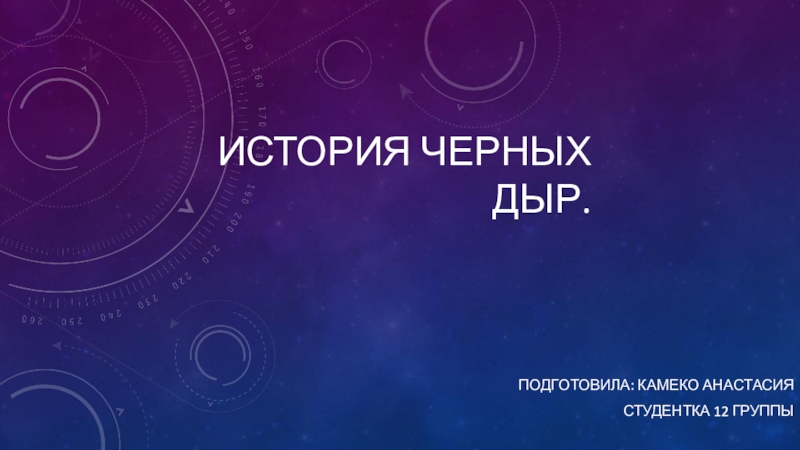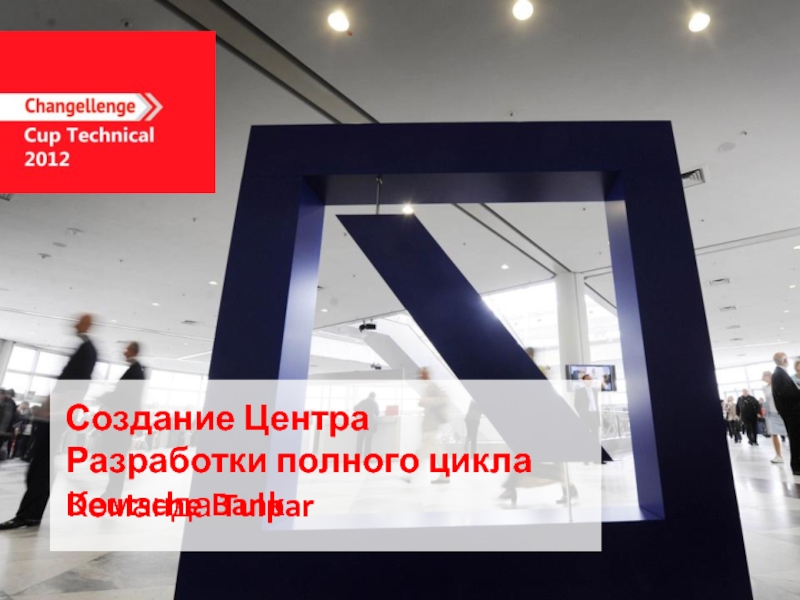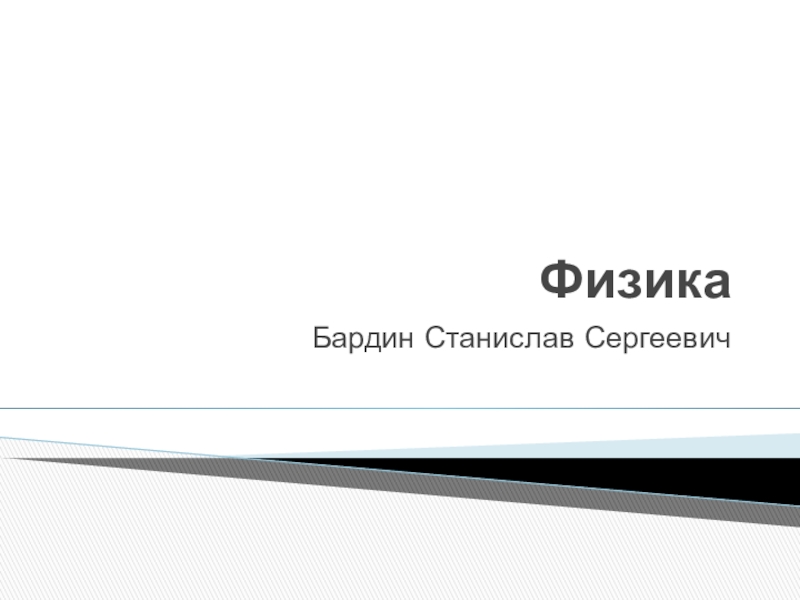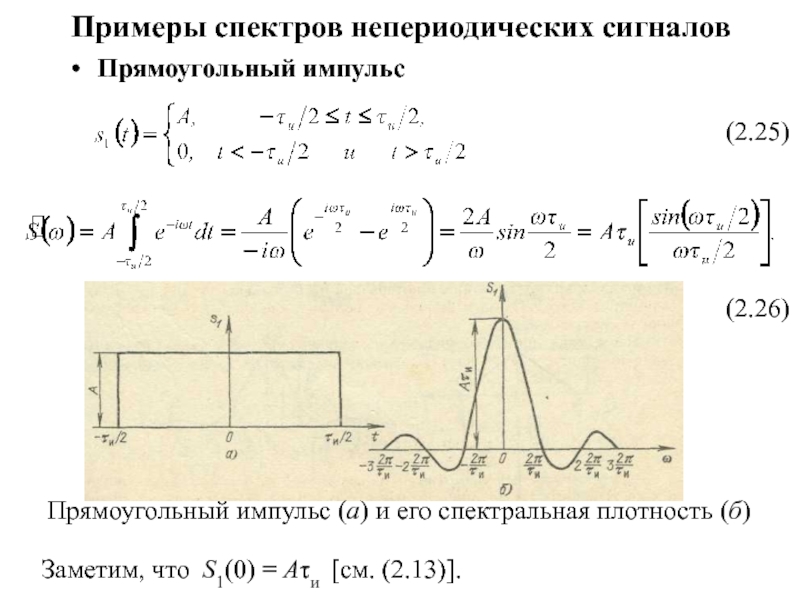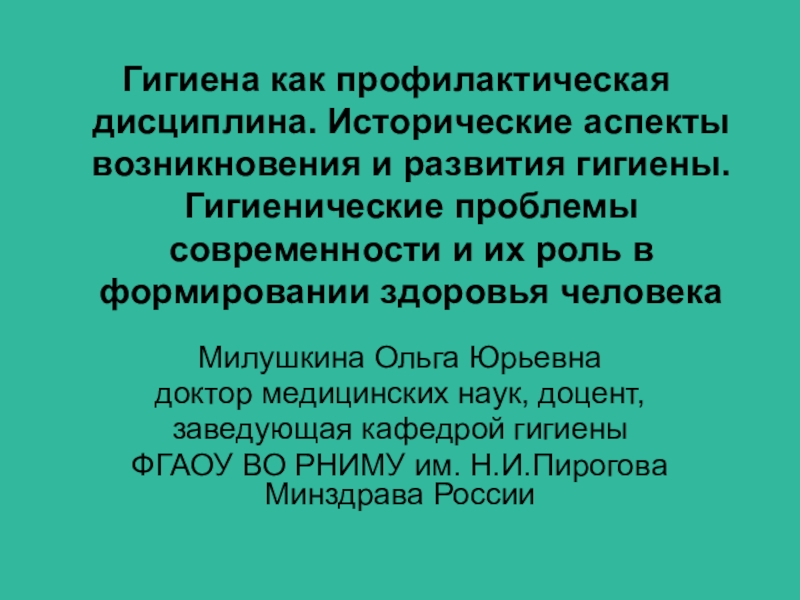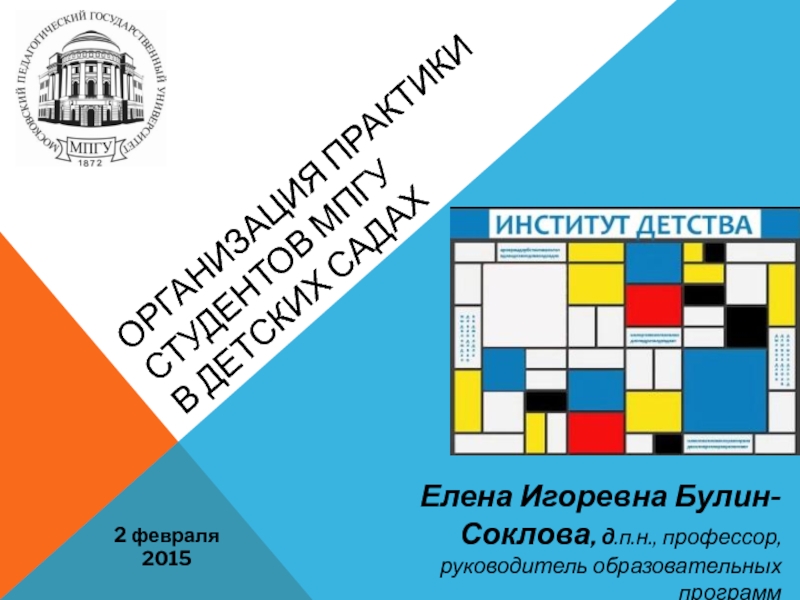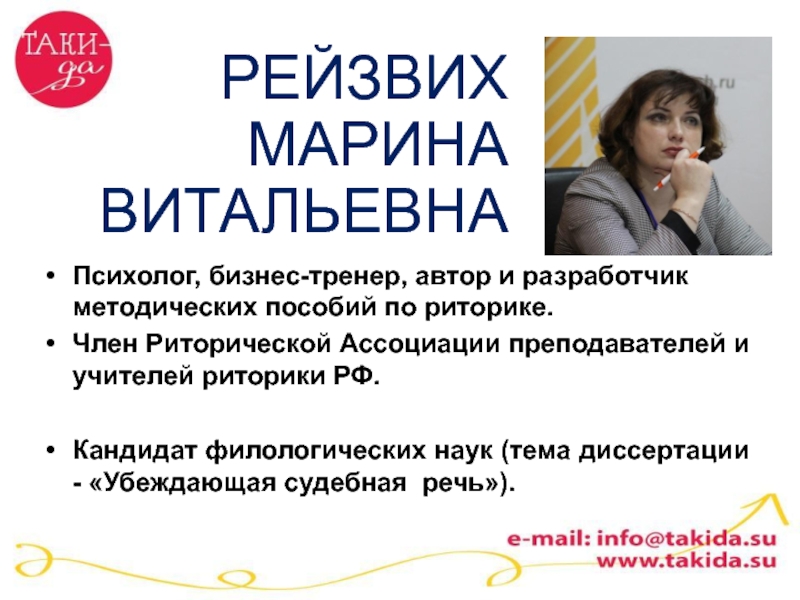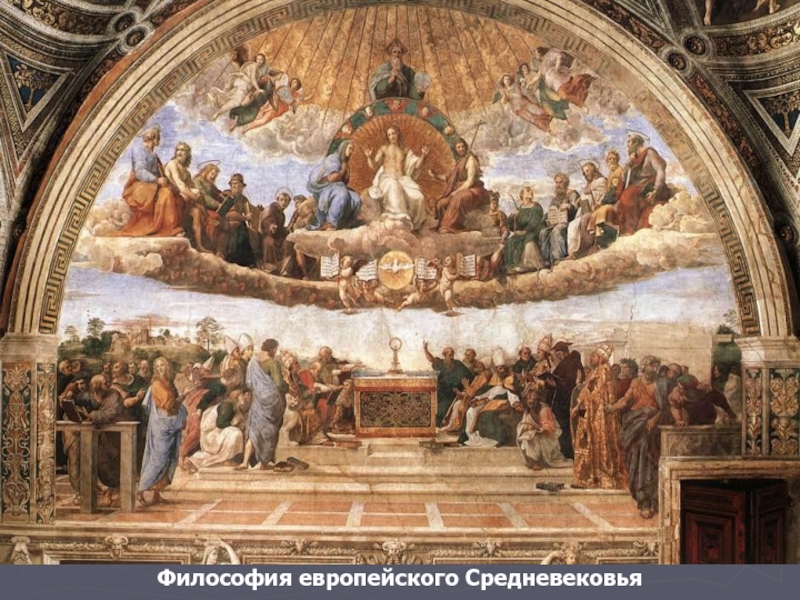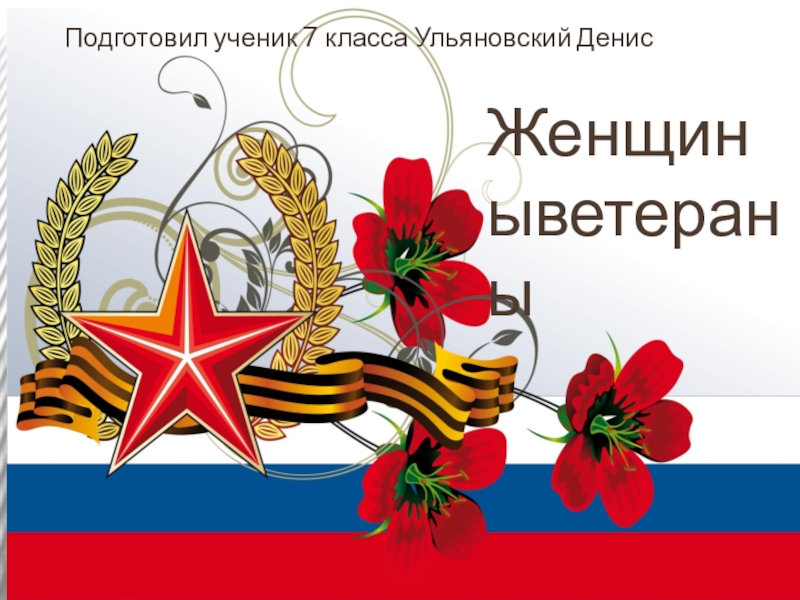Разделы презентаций
- Разное
- Английский язык
- Астрономия
- Алгебра
- Биология
- География
- Геометрия
- Детские презентации
- Информатика
- История
- Литература
- Математика
- Медицина
- Менеджмент
- Музыка
- МХК
- Немецкий язык
- ОБЖ
- Обществознание
- Окружающий мир
- Педагогика
- Русский язык
- Технология
- Физика
- Философия
- Химия
- Шаблоны, картинки для презентаций
- Экология
- Экономика
- Юриспруденция
European Integration History: Phases, Results and Achievements. Political
Содержание
- 1. European Integration History: Phases, Results and Achievements. Political
- 2. 1.3. Theory of European Integration.FederalismFunctionalismIntergovernmentalismMulty-Level Governance
- 3. FEDERALISMA federal system is one in which
- 4. A federation usually consists of an elected
- 5. The EU has some of the features
- 6. It has a directly elected representative legislature
- 7. ConfederalismA confederation is a loose system of
- 8. The EU has several of the features
- 9. There is no generalized European tax system.
- 10. FUNCTIONALISMAn alternative view was offered by functionalism,
- 11. INTERGOVERNMENTALISMIntergovernmentalism argues that while organized interests play
- 12. A variation on this theme is liberal
- 13. Multi-Level Governance (MLG) One analytical concept that
- 14. Скачать презентанцию
1.3. Theory of European Integration.FederalismFunctionalismIntergovernmentalismMulty-Level Governance
Слайды и текст этой презентации
Слайд 1European Integration History: Phases, Results and Achievements. Political Challenges of the EU
Слайд 21.3. Theory of European Integration.
Federalism
Functionalism
Intergovernmentalism
Multy-Level Governance
Слайд 3FEDERALISM
A federal system is one in which at least two
levels of government – national and local - coexist with
separate or shared powers, each having independent functions, but neither having supreme authority over the other.Слайд 4A federation usually consists of an elected national government with
sole power over foreign and security policy, and separately elected
local governments with powers over such issues as education and policing.There is a single national currency and a common defence force, a written constitution that spells out the relative powers of the different levels of government, a court that can arbitrate disputes between them, and at least two major sets of law, government, bureaucracy, and taxation.
Слайд 5The EU has some of the features
of a federal system:
It
has a complex system of treaties and laws that are
uniformly applicable throughout the EU, to which all the member states and their citizens are subject, and that are interpreted and protected by the European Court of Justice.In those policy areas where the member states have agreed to transfer authority to the EU - including intra-European trade, the environment, agriculture, and social policy - EU law supersedes national law.
Слайд 6It has a directly elected representative legislature in the form
of the European Parliament, which has growing powers over the
process by which European laws are made. As those powers grow, so the powers of national legislatures are declining.Although still small by comparison to most national budgets, the EU budget gives the EU institutions an element of financial independence.
The European Commission has the authority to oversee negotiations with third parties on behalf of all the member states, in those areas where it has been given authority by the member states.
A number of the EU member states have their own currency, the euro, meaning that they have transferred monetary policy from their own national central banks to the European Central Bank in Frankfurt.
Слайд 7Confederalism
A confederation is a loose system of administration in which
two or more organizational units keep their separate identities but
give specified powers to a central authority for reasons of convenience, mutual security, or efficiency.If a federation is a union of peoples living within a single state, then a confederation is a union of states. The balance of power in a confederation is tilted towards the member states, central authorities are kept subordinate, the shifting of authority to those authorities must be approved by the states, ultimate authority remains firmly fixed with the national governments of the member states (which exercise it jointly in the various confederal decision making bodies), and the loyalty of individuals remains focused on their home states.
Слайд 8The EU has several of the features of a confederal
system:
The citizens of the member states do not relate directly
to any of the EU institutions except Parliament (which they elect), instead relating to them mainly through their national governments. Despite their powers of making and implementing policy, the key institutions of the EU - the European Commission, the Council of Ministers, the European Council, and the European Court of Justice - derive their authority not from the citizens of the member states, but from the leaders and governments of the member states. They are run either directly by national government leaders (the Council of Ministers and the European Council), or are appointed by those leaders (the Commission and the Court of Justice).The member states still have their own separate identities, have their own systems of law, can sign bilateral treaties with other states, can act unilaterally in most areas of foreign policy, and can argue that the EU institutions exist at their discretion. There is no European government in the sense that the EU has obvious leaders - such as a president, a foreign minister, or a cabinet - with substantial power to make policy for the EU member states. The most important political leaders in the EU are still the heads of government of the individual member states.
Слайд 9There is no generalized European tax system. The EU raises
funds in part through levies and customs duties, which are
a form of tax, but the vast majority of taxes - income, corporate, property, sales, estate, capital gains, and so on - are raised by national or local units of government, which also make tax policy.There is no European military or defence system. The armies, navies, and air forces of the member states still answer to the governments of the member states, although contingents have come together as the seeds of a European security force. In this sense they are the functional equivalent of the militias that existed in the American confederal system.
The EU may have its own flag and anthem, but most of the citizens of the member states still have a greater sense of allegiance to their own national flags, anthems, and other symbols, and there has been only limited progress towards building a sense of a European identity.
Слайд 10FUNCTIONALISM
An alternative view was offered by functionalism, which was based
on the idea of incrementally bridging the gaps between states
by building functionally specific organizations.So instead of trying to coordinate big issues such as economic or defence policy, for example, functionalists believed they could 'sneak up on peace' by promoting integration in relatively non-controversial areas such as the postal service, or a particular sector of industry, or by harmonizing technical issues such as weights and measures.
Слайд 11INTERGOVERNMENTALISM
Intergovernmentalism argues that while organized interests play an important role
in integration, as do government officials and political parties, the
pace and nature of integration are ultimately determined by national governments pursuing national interests; they alone have legal sovereignty, and they alone have the political legitimacy that comes from being democratically elected. Put another way, governments have more autonomy than the neofunctional view allows.Слайд 12A variation on this theme is liberal intergovernmentalism, a theory
which emerged in the 1980s and 1990s, and combined the
neofunctionalist view of the importance of domestic politics with the role of the governments of the EU member states in making major political choices.Proponents argue that European integration has moved forward as a result of a combination of factors such as the commercial interests of economic producers, and the relative bargaining power of important governments.

